Day 32 - Nagasaki, The Kyushu 108 Temple Pilgrimage, Japan



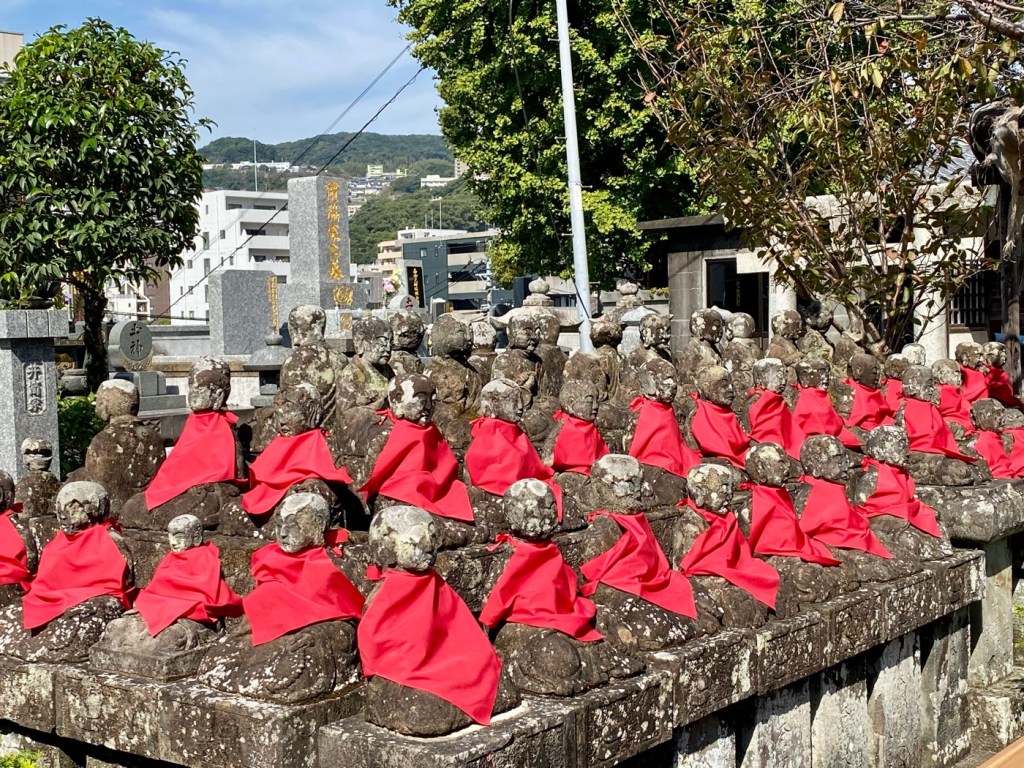
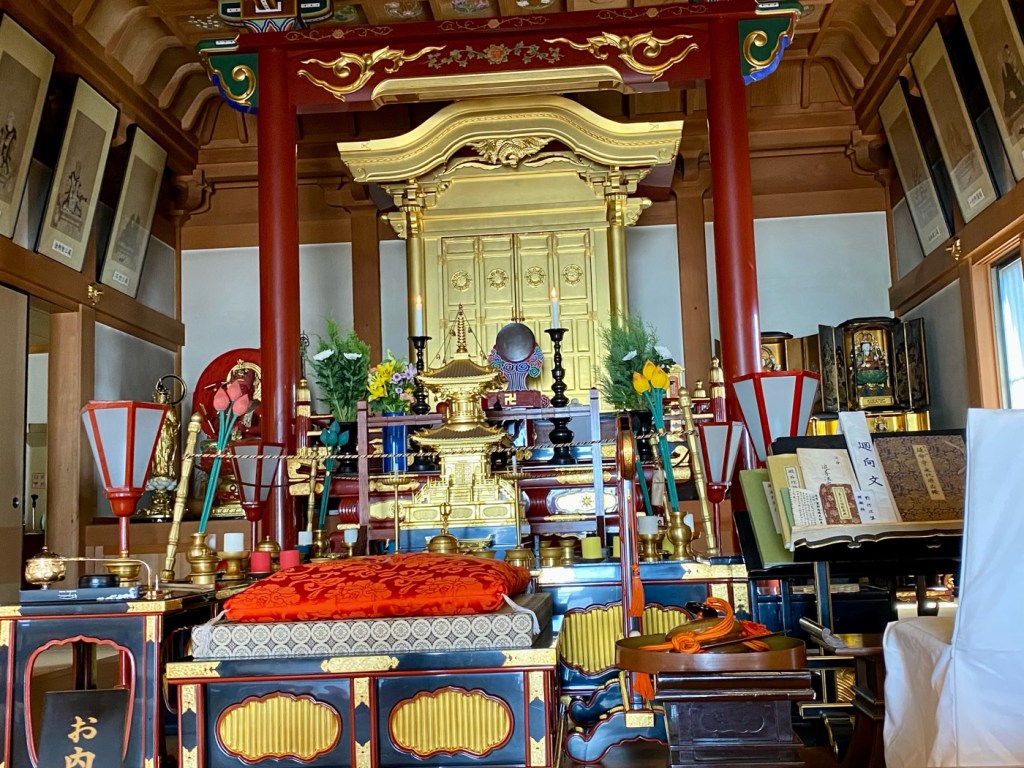
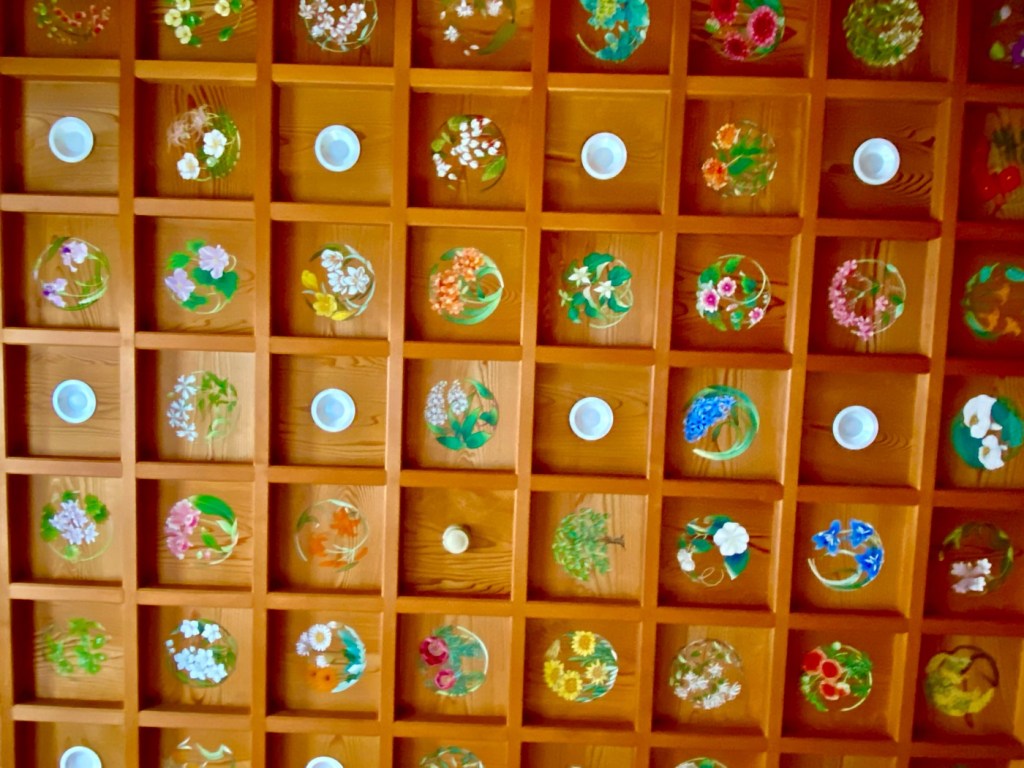



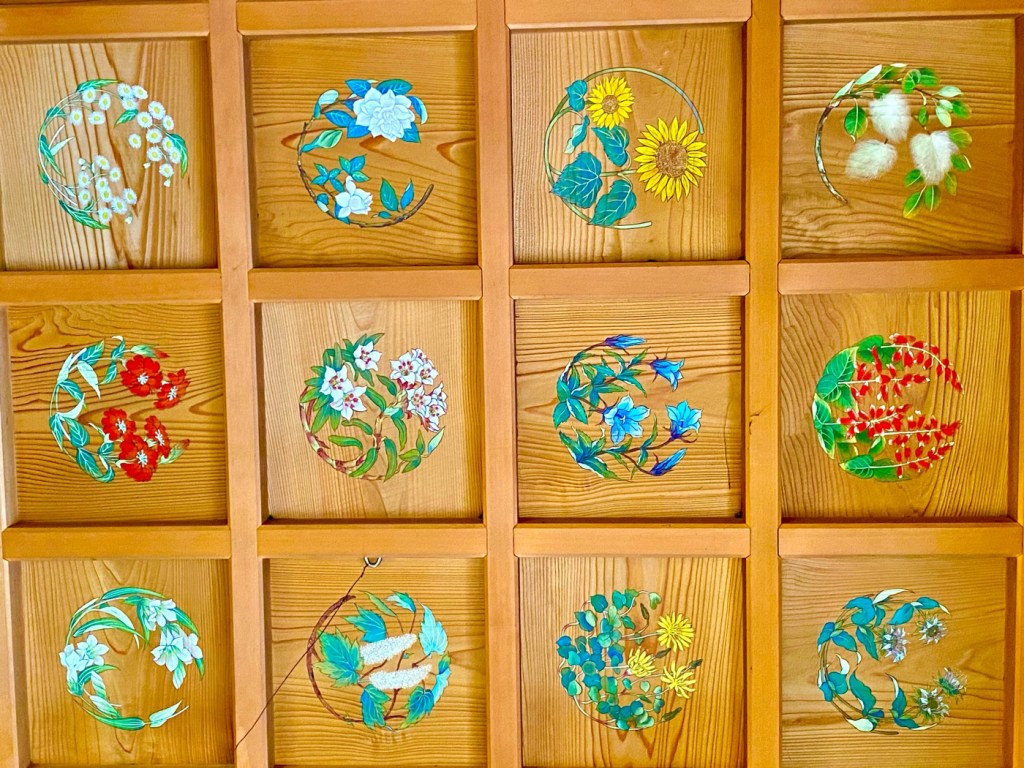
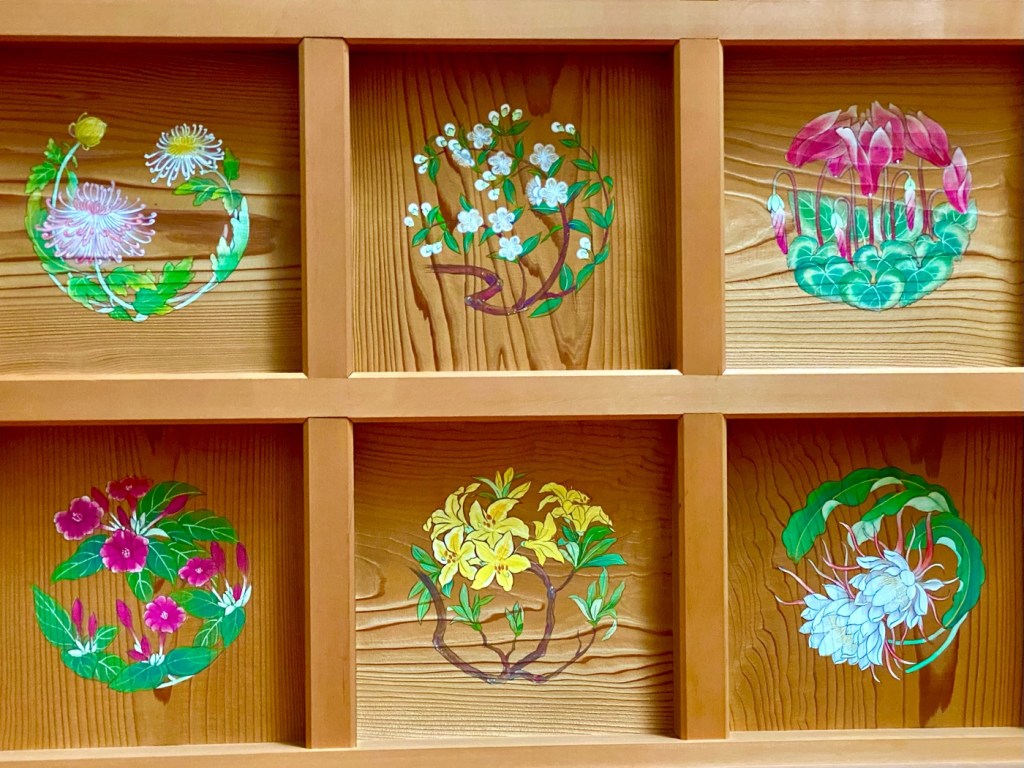



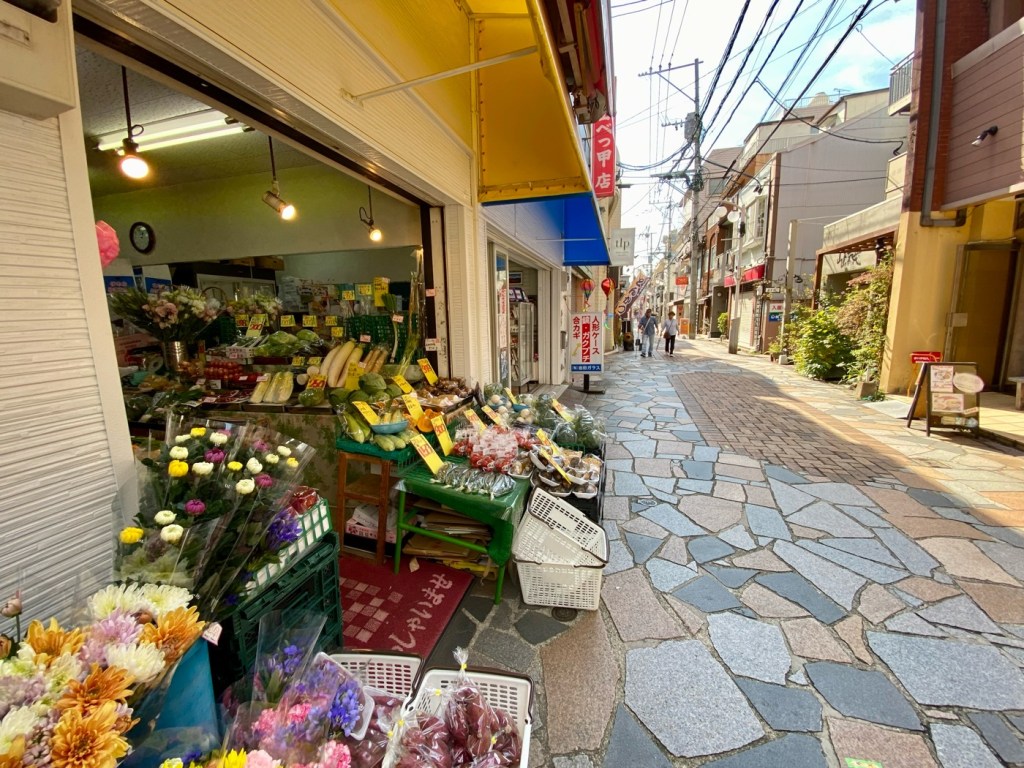
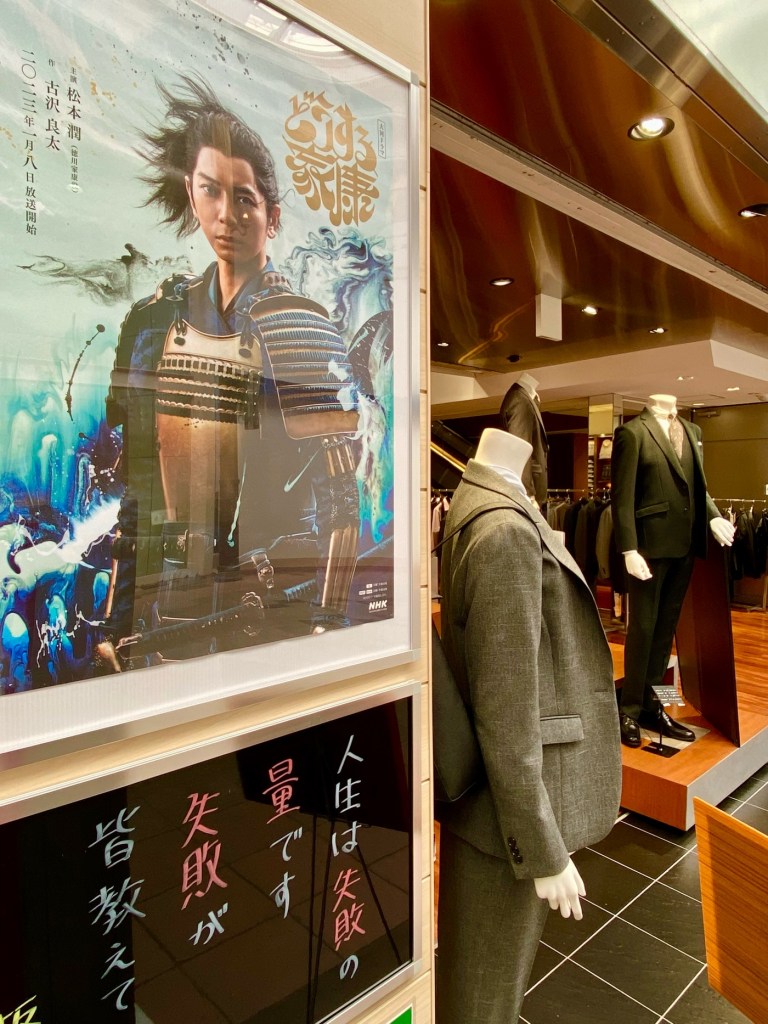

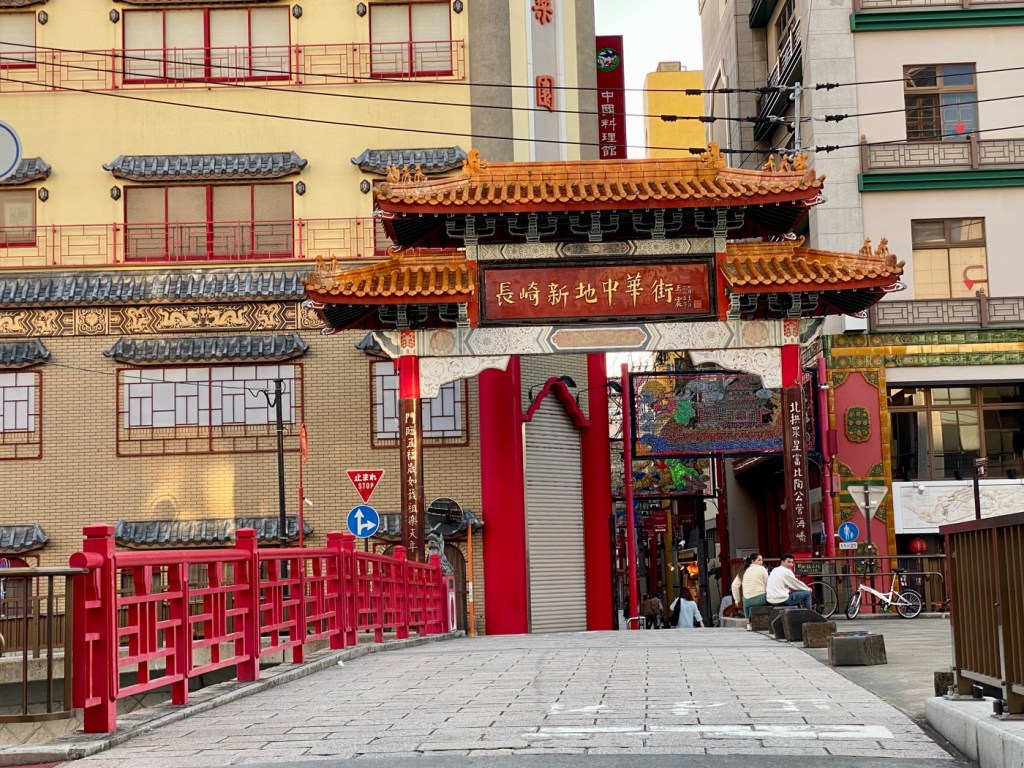





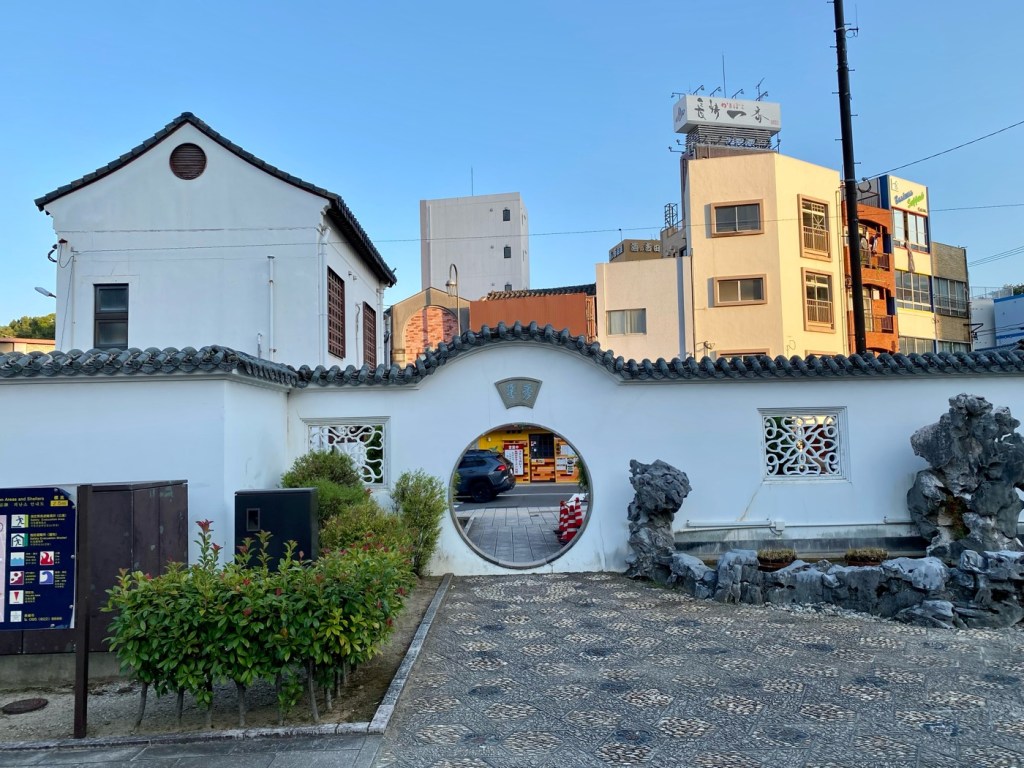

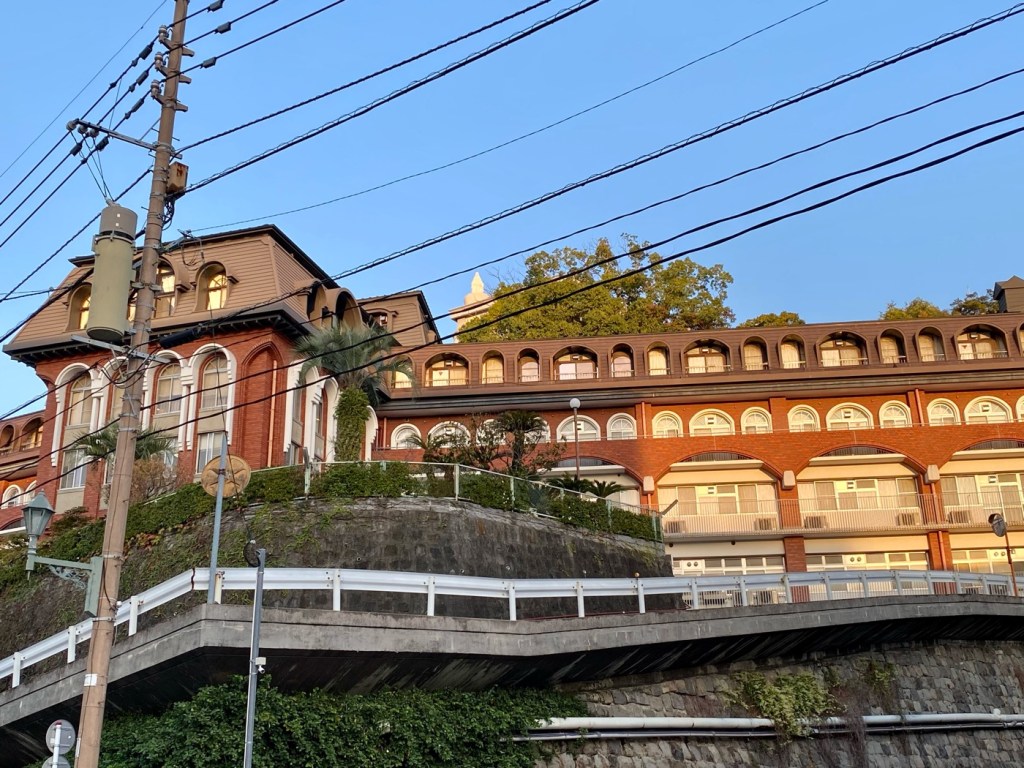
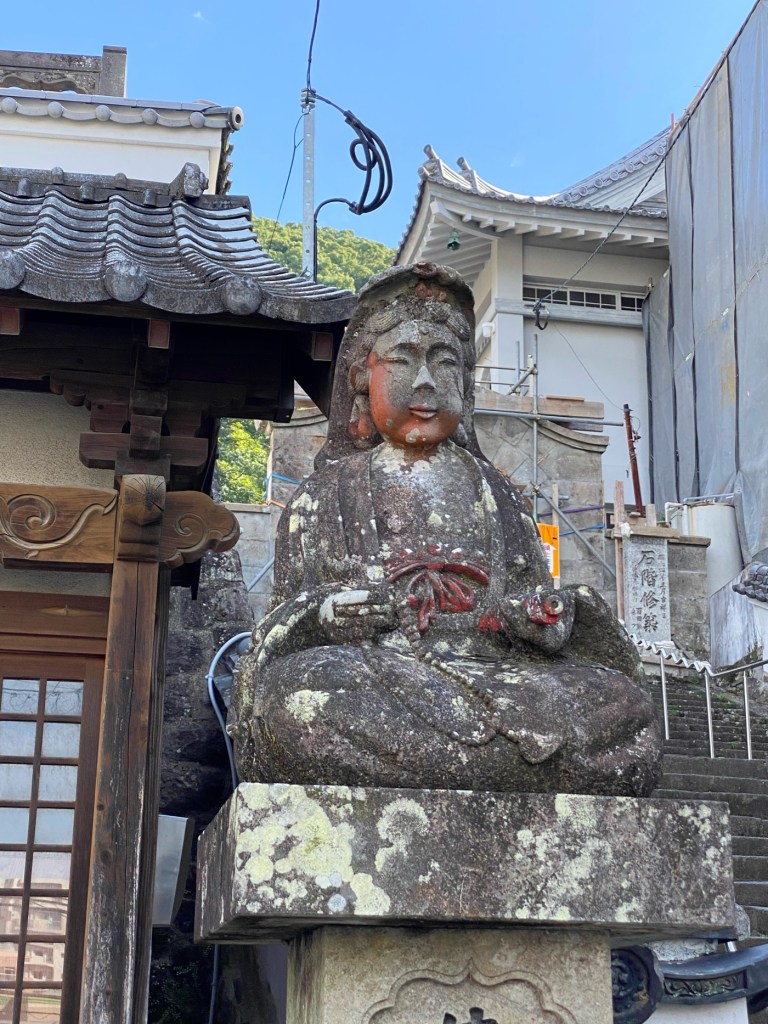



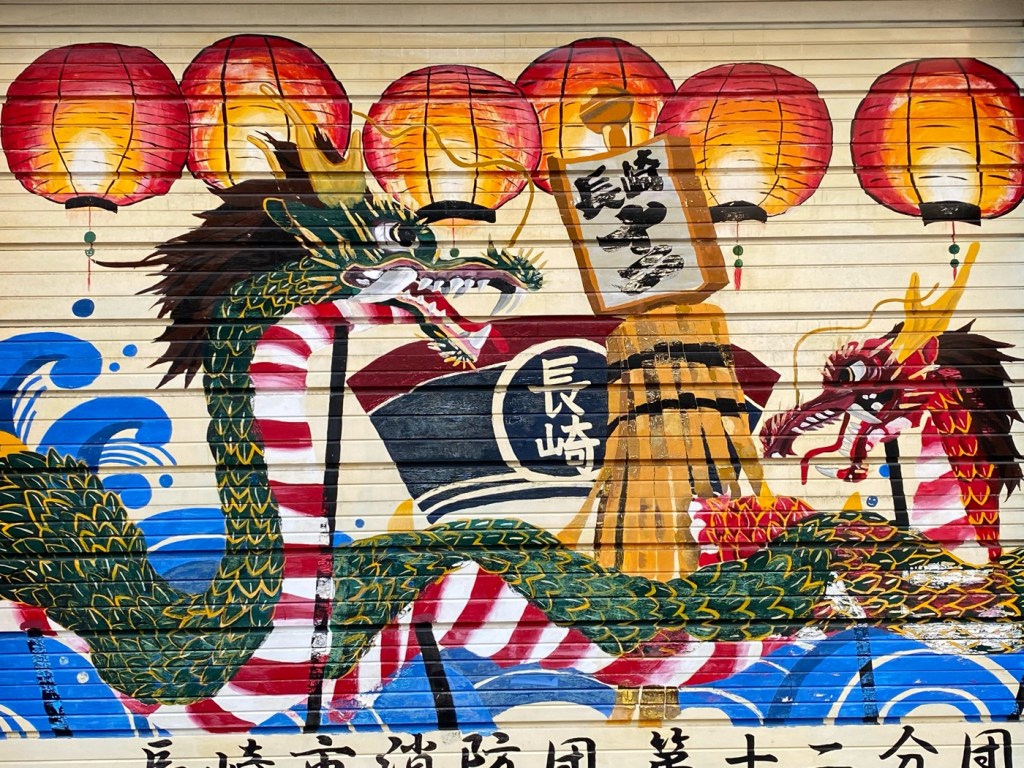


Day 32 - Nagasaki, The Kyushu 108 Temple Pilgrimage, Japan
We had only one temple to visit during our pilgrimage stop in Nagasaki, but getting here on foot and walking east from here towards the next temple in Shimabara will take us over a week, which reminds me that pilgrimages are a very inefficient way of getting to places.
Yesterday, we walked all the way to Nagasaki, which took us hours, but at the end of the day, we took a train back to where we started, because that was where our hotel was located.
This morning, we took a train to Nagasaki and walked over to visit our next temple.
It was a short walk to the temple from Nagasaki station, so we decided to stop at the Starbucks for a morning tea and to wait a bit for the stores to open up.
Temple #65, Mt. Lo Enmeiji (Louzan, Enmeiji), is located on a street that is called Teramachi (temple street).
Running from east to west at the foot of the mountain, the street is lined with old temples, built in the 1600’s. Amazingly, all of these temples survived the atomic bomb which fell just 3.5 kilometers away from here.
When we got to Enmeji, the entrance was completely blocked by major construction, and there was no side entrance to the temple, which is encircled by an old stone wall.
There was a construction sign, written in Japanese, that said that if you are visiting Enmeji, please climb over the construction staging ladders and walk through.
We climbed up the ladders to the temple, but the main hall was locked.
All we could see were busy construction workers and an old gardener, who was scraping moss from the grout of the stone walls.
The gardener had a big ashtray dangling from his belt, and despite his age, he was light footed and agile.
He came down from the ladder when I asked him where we can get the Goshuin, the red seal stamps that we get in every temple.
At first, he thought that we were are at the wrong temple, and that perhaps we were looking for Kofukuji, the famous Zen temple, which shares the same temple complex.
When I explained that we were just looking for the office of Enmeji, he took us to the house located behind some trees and knocked on its door.
A surprised priest in an undershirt opened the door.
He took our scroll and book and said that he would meet us at the main hall, which he would open for us.
The main hall had a beautiful wooden ceiling, painted with an array of different flowers, each hand painted in its own small wooden cube.
The ceiling was painted 600 years ago, and it too survived the atomic bomb.
After chanting the Heart Sutra and lighting some incense, we looked at the main hall while the priest was finishing our stamps.
The temple had a guidebook, written only in Japanese, for the 88 temple pilgrimage in Nagasaki Prefecture.
We hadn’t even heard about this pilgrimage, which includes old temples located only in Nagasaki.
We have not heard about this Nagasaki Prefecture pilgrimage before, but I am sure that it could be fun for some people, to walk through the beautiful mountains and visit some of the beautiful places in Nagasaki Prefecture, while visiting ancient temples.
The guidebook was very comprehensive, with a description and history of each temple, things to see and do nearby, and a detailed description of the route you can take.
I could only hope that we would have had this kind of information for our bigger pilgrimage around the whole of Kyushu island…
Enmeji is located adjacent to the famous Kofukuji temple, which is the first Chinese temple to be built in Japan.
Just a few streets away is the Nagasaki Chinatown.
I thought that this Chinatown was one of the smallest and least interesting Chinatowns I have seen around the world.
It is just one street for the tourists, sandwiched between nice gates, with a few restaurants selling mediocre Chinese food and a few stalls selling sweets and dumplings.
Temple #65, Enmeiji, was built in 1616 at the request of the Nagasaki rulers, who set up a temple here to pray for the health of the people, after a new kind of epidemic became prevalent in the area at that time.
Sound familiar?
Like the Coronavirus which devastated the entire world in our time, this phenomenon of new epidemics spreading across areas and killing many, is not a new one at all.
In the Taisho era (1912), the temple started an elderly welfare project, stating that "Prolonging Lives" and "Connecting Lives" were its goal.
They opened the "Nagasaki Yoroin", a living facility for elderly people who have no relatives, which was pretty rare at that time, but has become more common in recent times.
The project continues, and it is now a nursing home for the elderly called "Prolonging Life".
Kofukuji, located in the same complex, was built in 1624 and is a Zen Buddhist temple featuring intricate woodwork, dedicated to the sea goddess Mazu.
We left Teramachi-dori, which is the street that runs along the base of Mount Kazagashira and is lined with Buddhist temples, and went to stroll around Naka-dori, the old street of merchants and restaurants.
The nakadori shopping street is now a pedestrian zone, and it has beautiful small shops and eateries.
We had a tasty lunch of noodles, in a dive run by a friendly family.
In a small shop we bought some handmade cookies from a sweet old lady, who was so proud of the paper bag she used to wrap our cookies, pointing with her shaking finger to the drawings, symbols of the sights of Nagasaki city.
Then we walked around town for as long as we could, because we wanted to stay late and eat dinner in Nagasaki, before returning to the hotel in Kikitsu which had no good choices of places to eat.
I am still not feeling very well, so we sat in a cafe and wasted the afternoon away.
By dinnertime, the restaurants finally opened for dinner and we had a lovely meal in a modern Italian pizza place.
Hopefully tomorrow I will wake up feeling better…
Sending you healing light,
Tali
Stats: 16,339 steps
Today’s walk: 11 km
Kilometers walked to date: 544.5
Temples visited:
Temple #65 Mt. Lo Enmeiji (Louzan, Enmeiji)